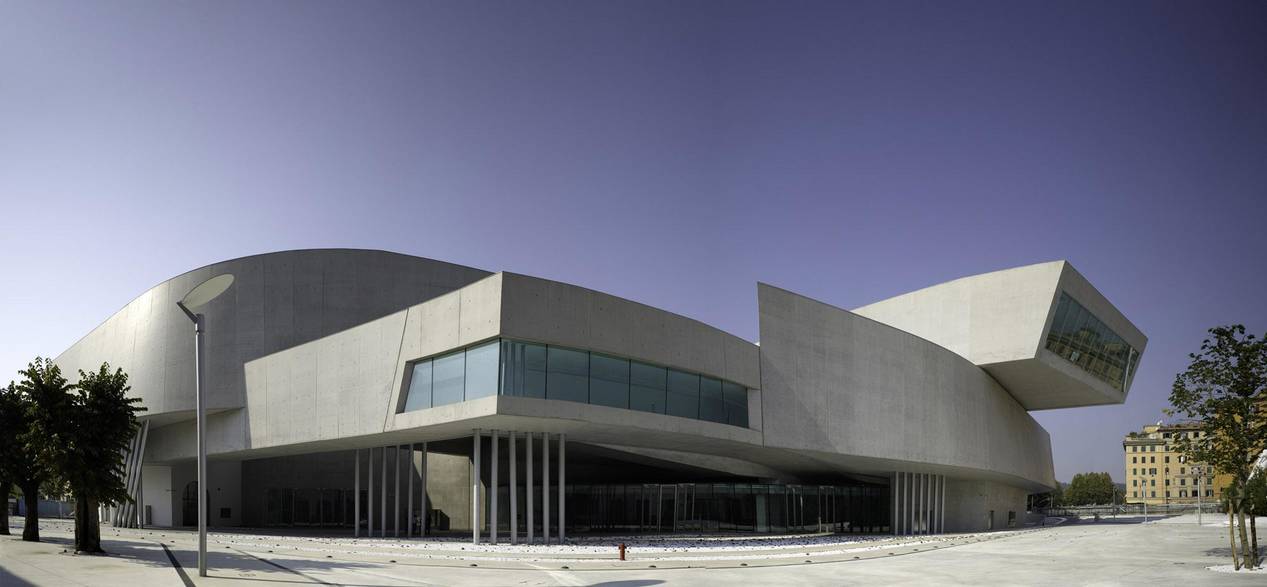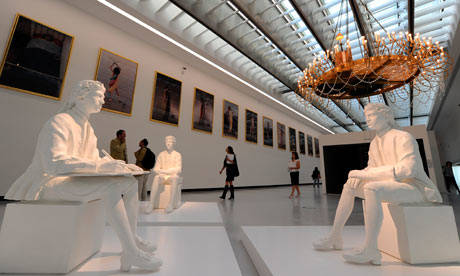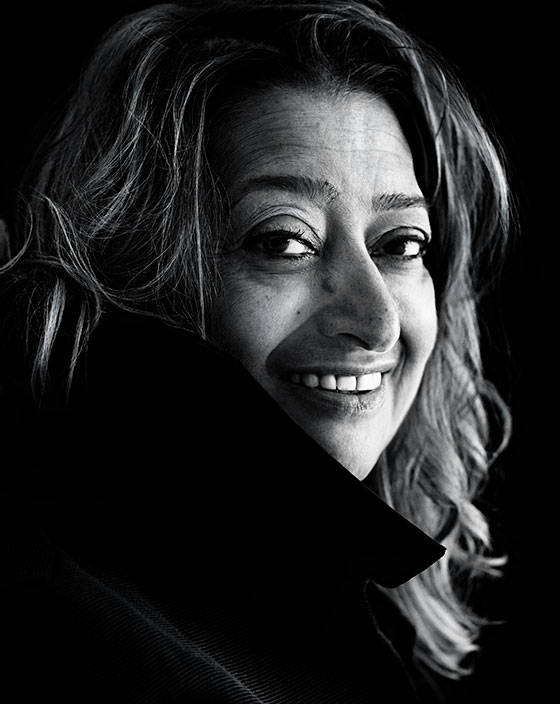New Changes at MAXXI, the first Italian Museum Dedicated to Contemporary Art
This year, the National Museum of 21st Century Arts (MAXXI) is planning international exhibitions, price changes to tickets, interactive educational programming and collection outreach. MAXXI Foundation President, Giovanna Melandri, hopes that these changes will broaden the audience of their museumgoers. With that being said, perhaps one of the most beneficial changes being made to widen the museum’s audience includes ticket price reduction and even offering free tickets, for some.
Starting on May 2, museumgoers can expect general tickets priced at one euro less than usual and only 8 euro tickets for those under 30. In addition, MAXXI hopes to attract scholars with free entrance to both the permanent collection and temporary exhibitions, Tuesdays through Fridays, for art and architecture students and researchers. MAXXI is even offering free entry to its permanent collection for all visitors starting October 10, Tuesdays through Fridays. Hopefully, these price changes can entice more visitors to see what MAXXI has to offer.
Free entrance beginning in October will align with the Day of Contemporary Art. On this day, promoted by the Association of Italian Museums of Contemporary Art, participating museums and other art venues will invite visitors, free of charge, to display the work of new artists though shows, workshops, events and conferences in the hopes of drawing a larger audience.
Unlike its other Italian museum counterparts, MAXXI is quite new, being established only in 2010 and it’s the “first Italian national institution dedicated to contemporary creativity.” However, should not make it appear as though the museum has a lack of artistic substance. The museum, though half the size of New York’s Museum of Modern Art at approximately 290,000 square feet, houses a variety of exhibits dedicated to art and architecture changing temporary exhibits like the current, Bellissima: Italy and High Fashion 1945-1968.
The architecture of the museum itself is a work of art. Award-winning architect Zaha Hadid was commissioned to design the museum that the government supplied $188 million to construct. The exterior of the museum is sleek and modern, embodying the essence of the museum.
According to its website, “MAXXI represents an awareness of the importance of promoting the current creative expressions of a nation such as Italy, characterised by centuries of primacy in the artistic and architectural fields…MAXXI therefore intends to be a form of antenna transmitting Italian contents to the outside world while at the same time receiving from the outside the flux of international culture.” The museum has 300 permanent artworks on display with representation from artists from all around the world, though Italian artists are perhaps most frequently represented.
The museum will continue its relationship with RomaEuropa, an annual six-week cultural festival, and the Young Architects Project, a yearly collaboration between New York's MoMA and MoMa PS1 that promotes budding young talent in the field. Also, this year two exciting exhibitions will make their debut, including “Food, From the Spoon to the Mouth” and “Istanbul: Passion, Joy and Fury.” The first corresponds with the unveiling of Milan Expo 2015, which also has a food focus, on May 1. The latter is the penultimate in a three-part series concentrating on the Middle East.
Executive Director Francesco Spano spoke about the museum’s mission saying, “MAXXI is investing in culture, research, and the next generation.” In a city known for its rich, ancient history, MAXXI represents Rome looking towards the future of art.








































i-Italy
Facebook
Google+
This work may not be reproduced, in whole or in part, without prior written permission.
Questo lavoro non può essere riprodotto, in tutto o in parte, senza permesso scritto.